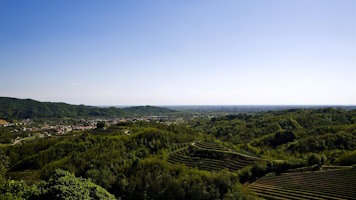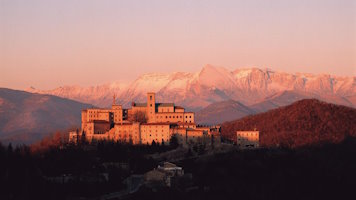Dughe/Duge - Chestnut Park
The landscape on the gently sloping sides of the ridges is characterized by chestnut groves, which were once widely cultivated for their fruit, wood, and as a honey plant. Recently, they have become the focus of a significant recovery project. The woods appeared like a park, with large chestnut trees and a clean grassy undergrowth, also used for haymaking, with a density of 40 to 70 plants per hectare. In ancient times, the chestnut grove lands were collectively owned, kept as meadows and pastures, while the tree remained the property of the individual family who planted it and harvested its fruits.
The most beautiful chestnut groves today can be seen in the Planino plain (Tribil Inferiore), with notable landscape value, but they are also spread throughout the entire municipal territory. Behind Dughe and Tribil Superiore, the forest preserves centuries-old chestnuts; within the "Chestnut Park," there is the "Path of the Centuries-old Chestnuts of Dughe." The park provides access to a natural area characterized by monumental chestnuts and beech forests, as well as the presence of badgers and wild boars, or an occasional jay passing through. Many legends from the folk narrative of the Natisone Valley are set there.
The park’s path is suitable for children, the elderly, and disabled people. The chestnut, found in all homes and barns, provided resources to exchange with products from the plains in return for basic necessities.
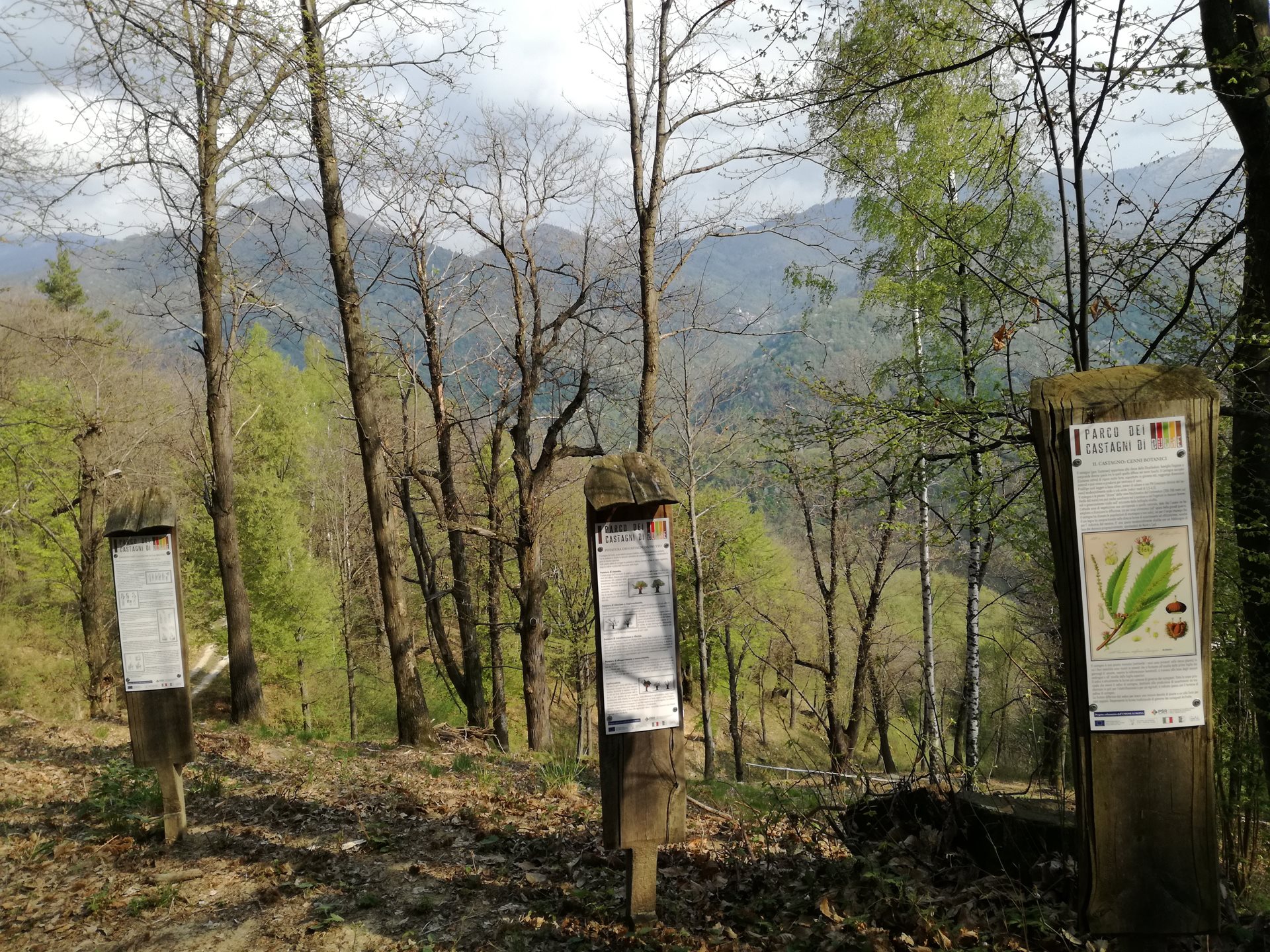
ph. Caterina Dugaro
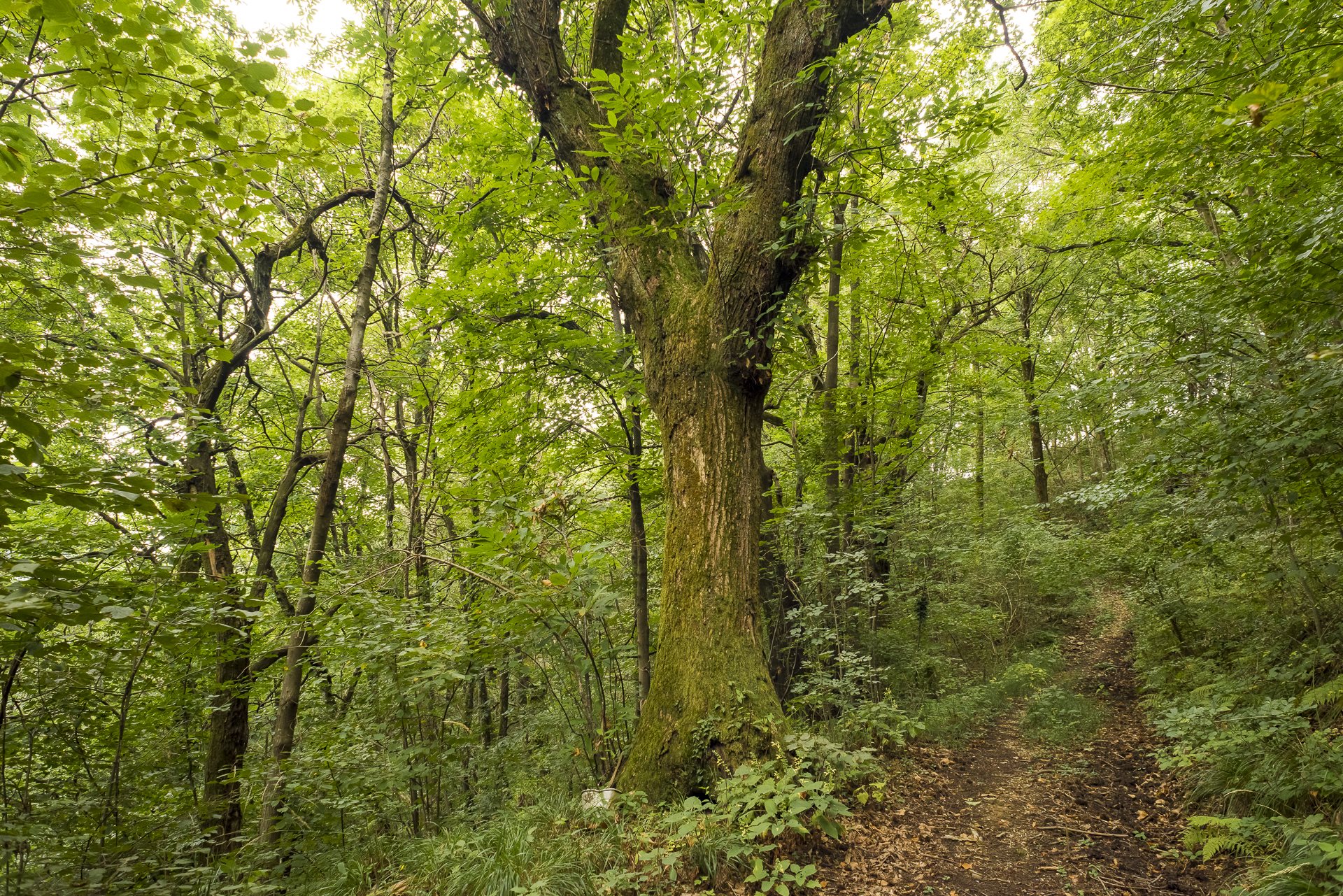
ph. Giorgio Bianchi, Archive MCC
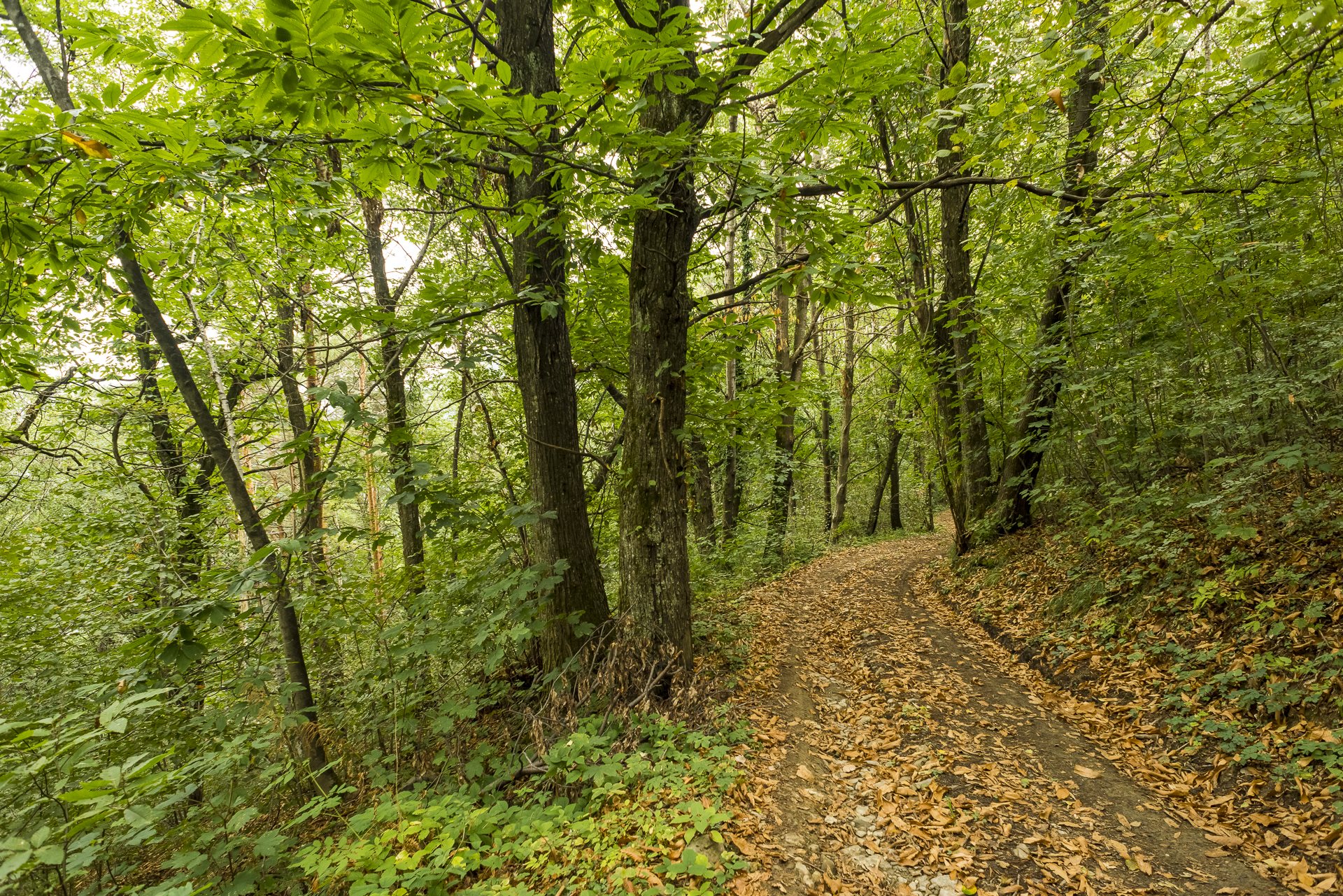
ph. Giorgio Bianchi, Archive MCC
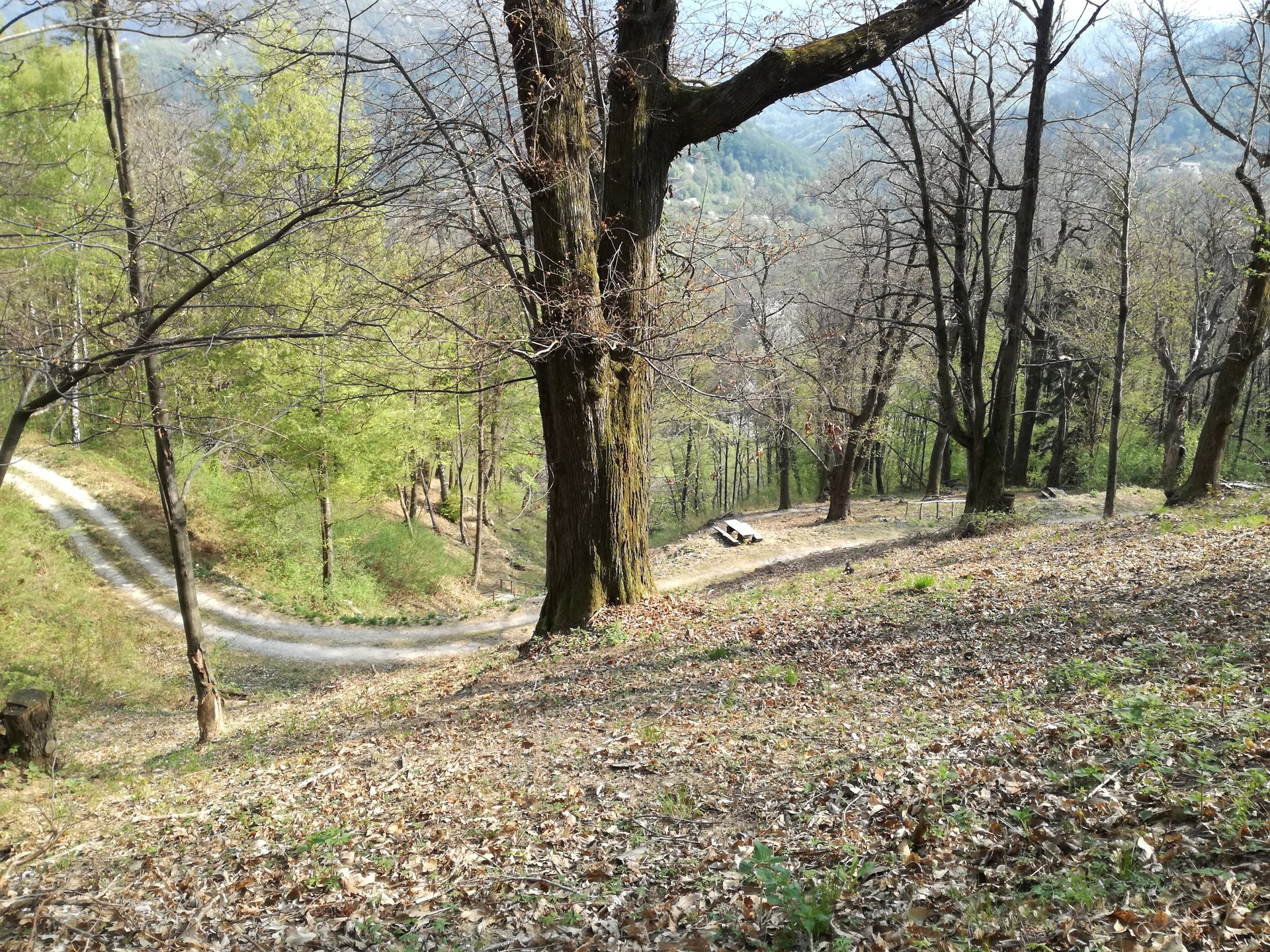
ph. Caterina Dugaro









